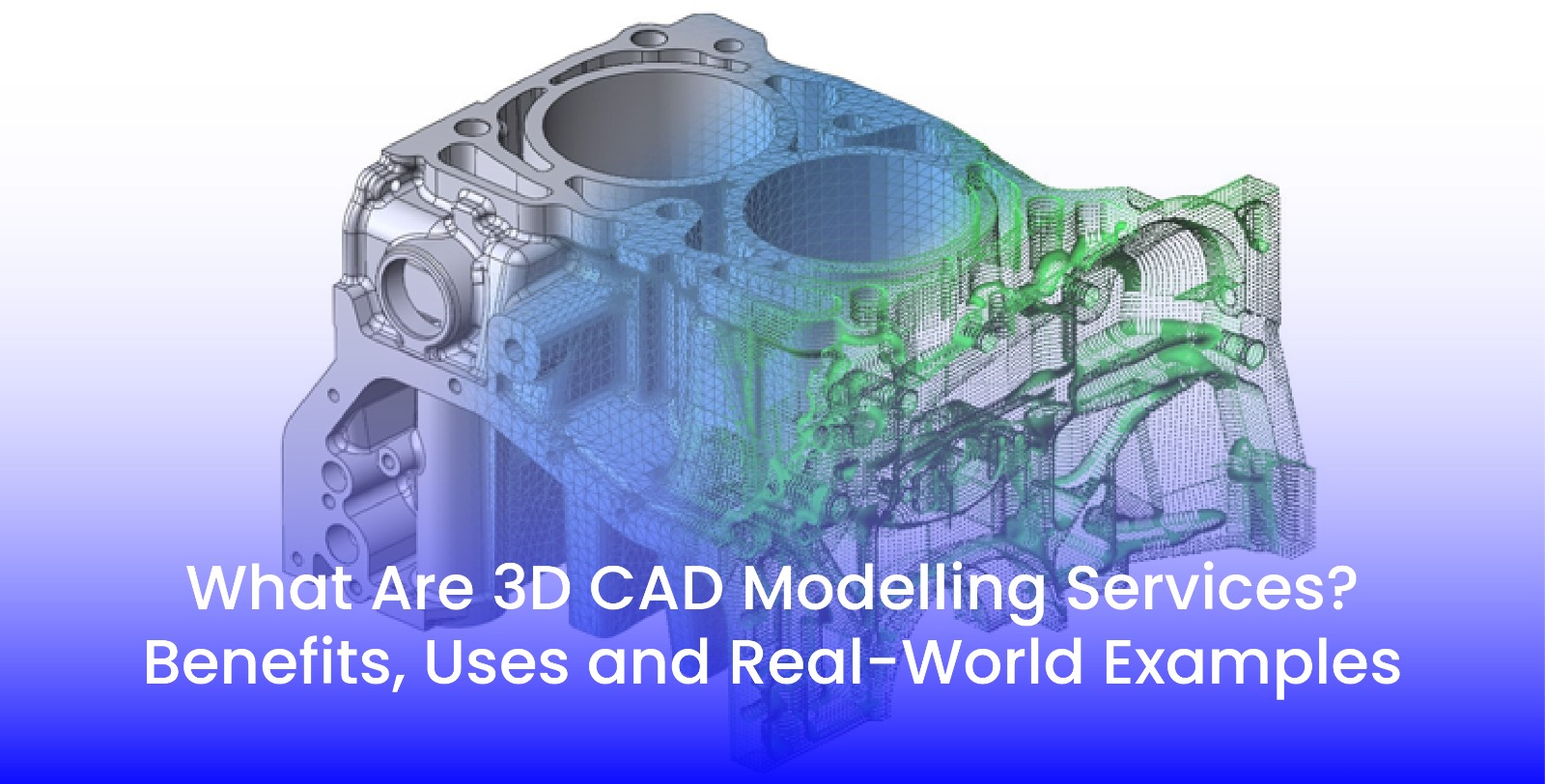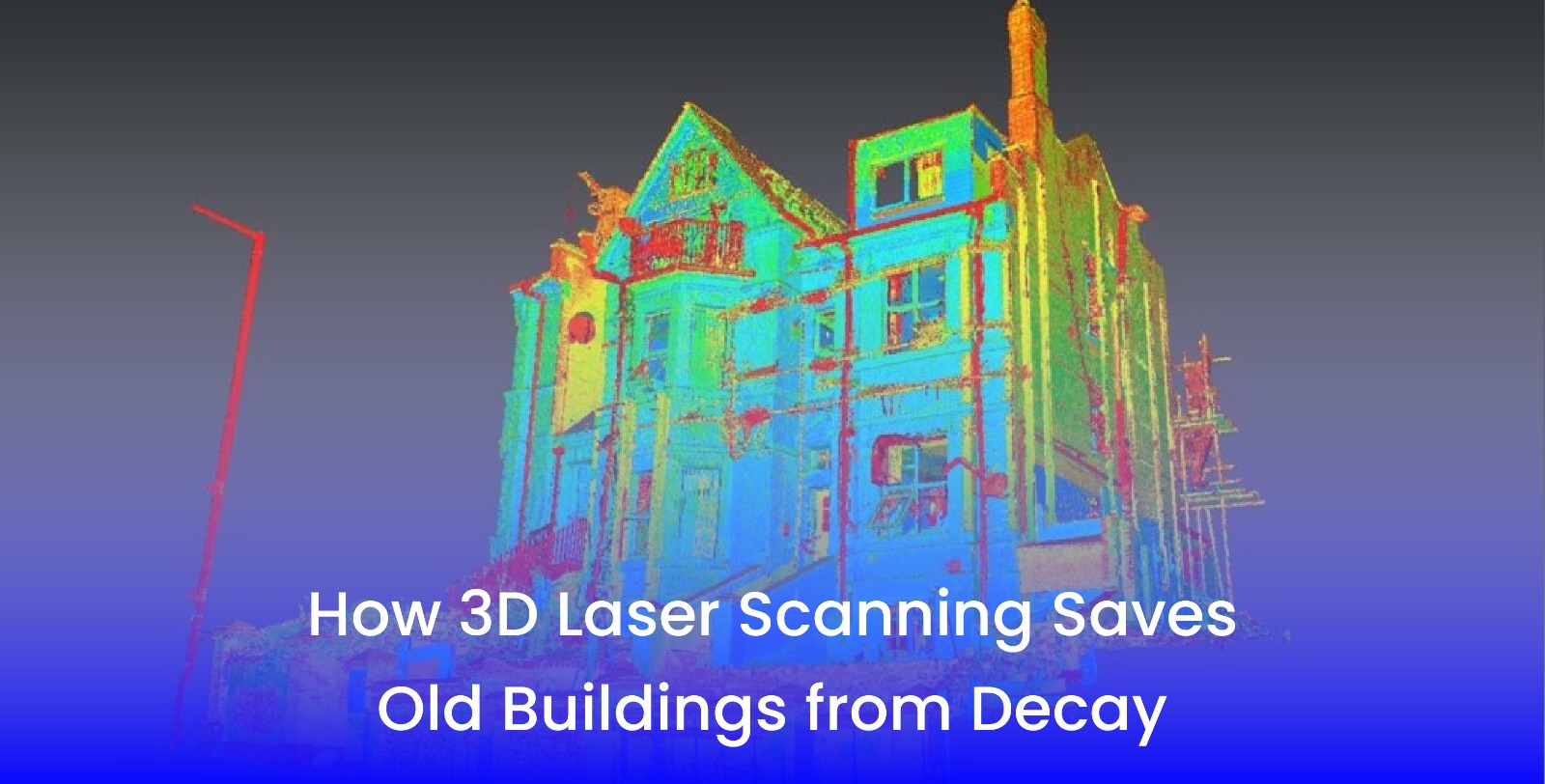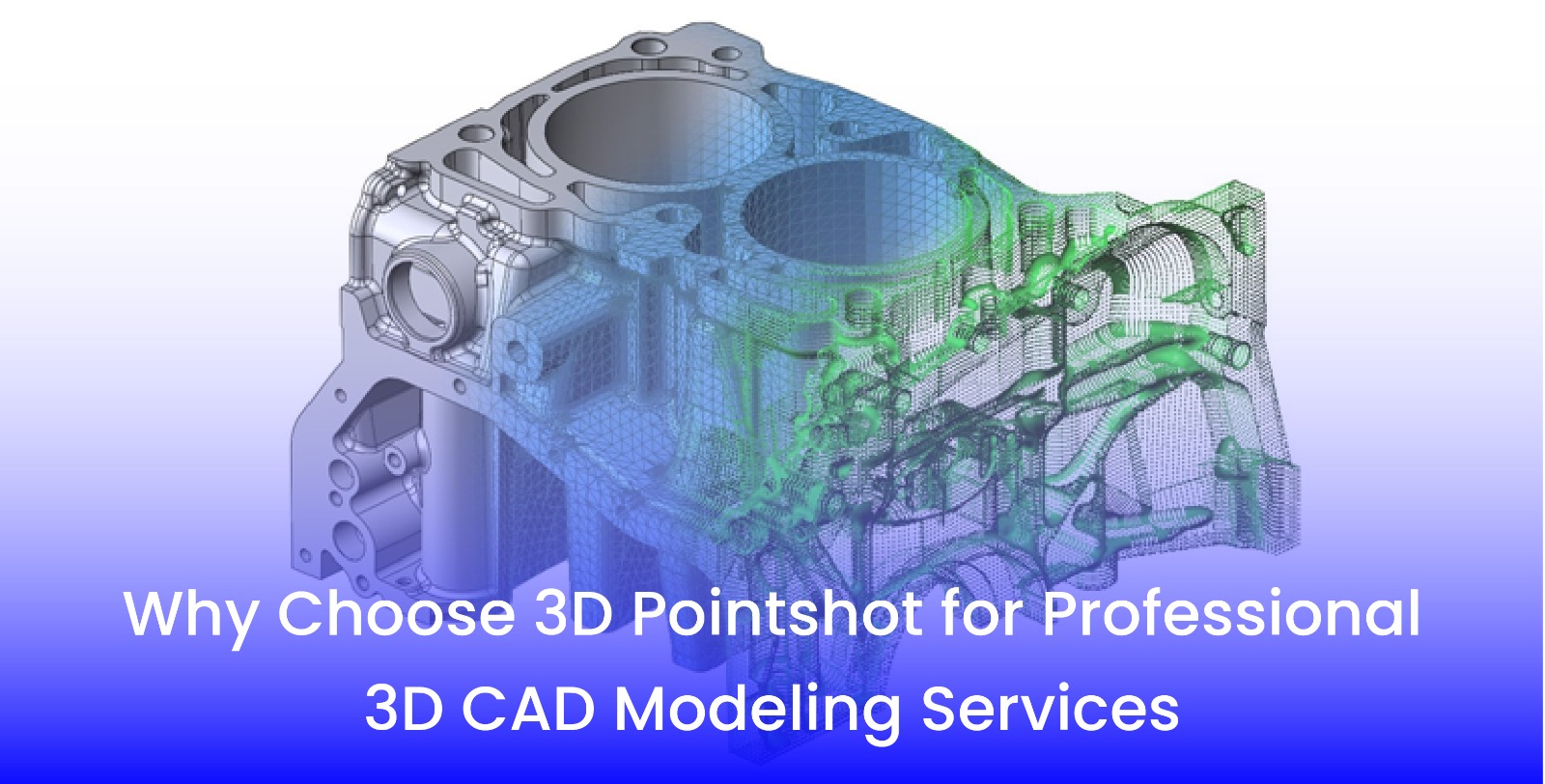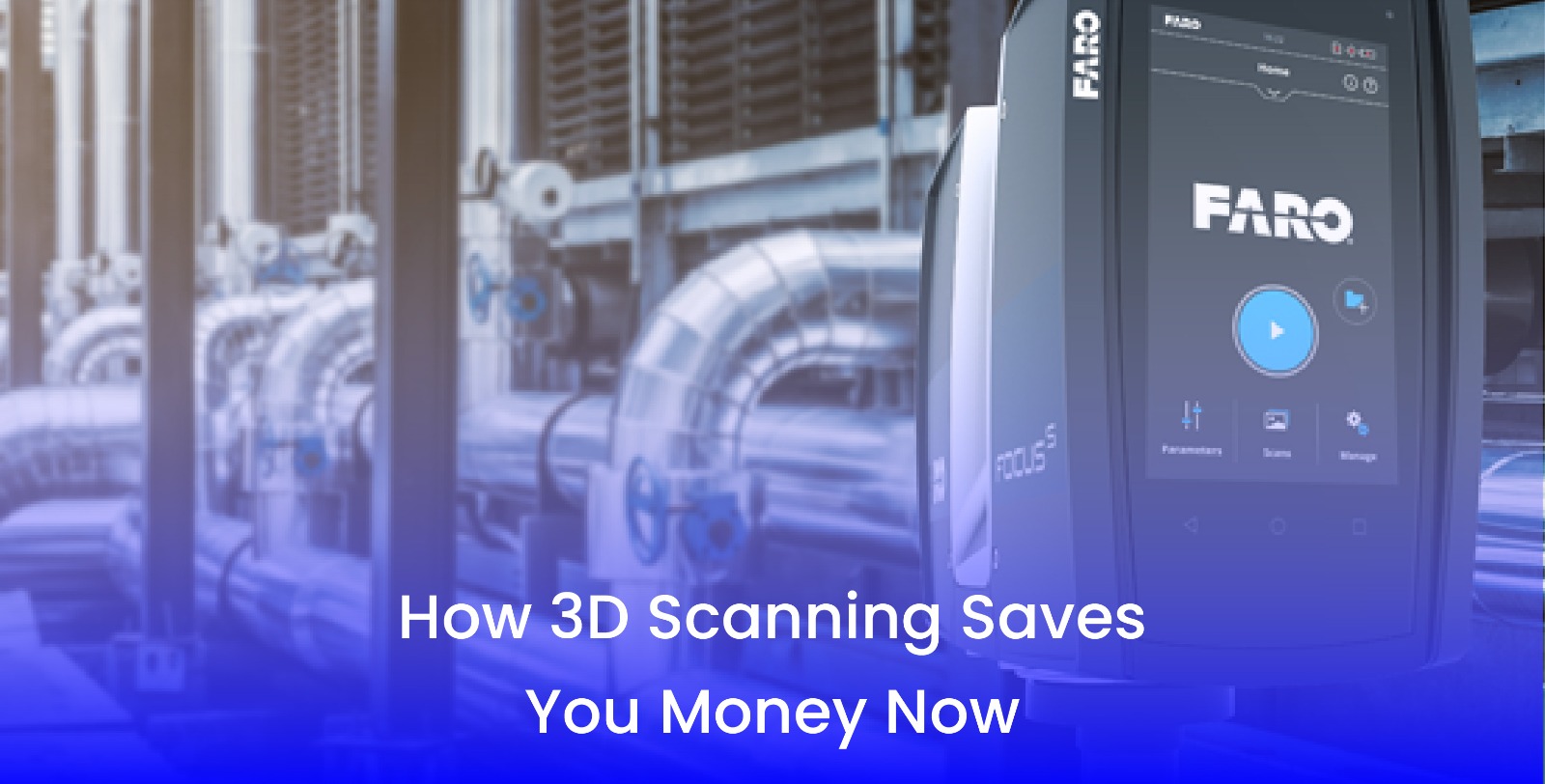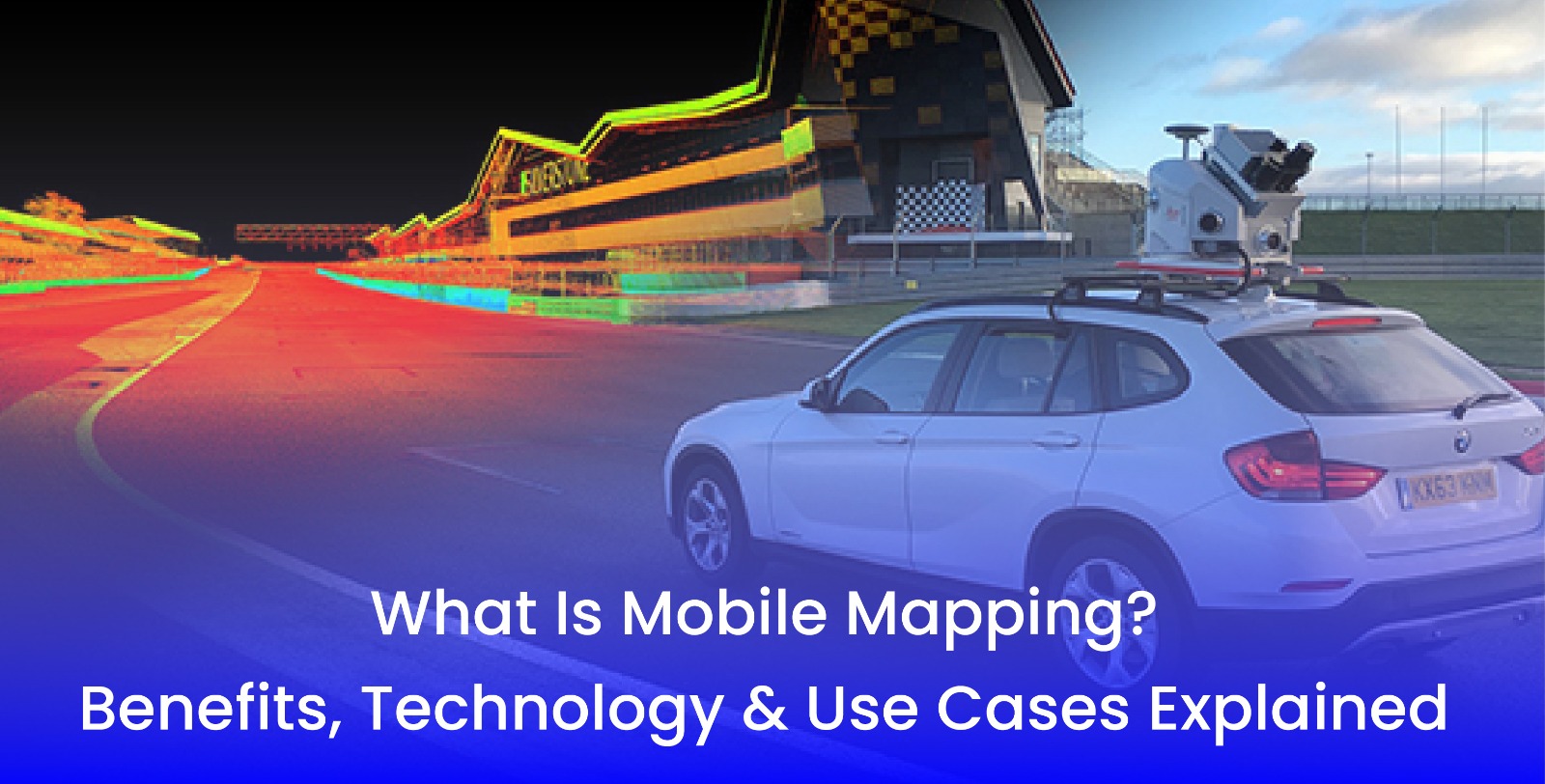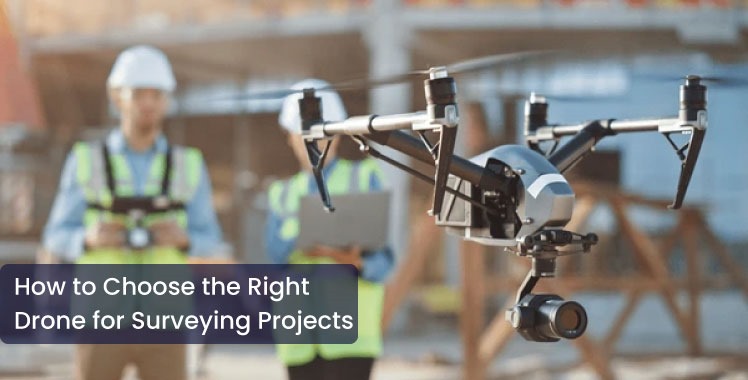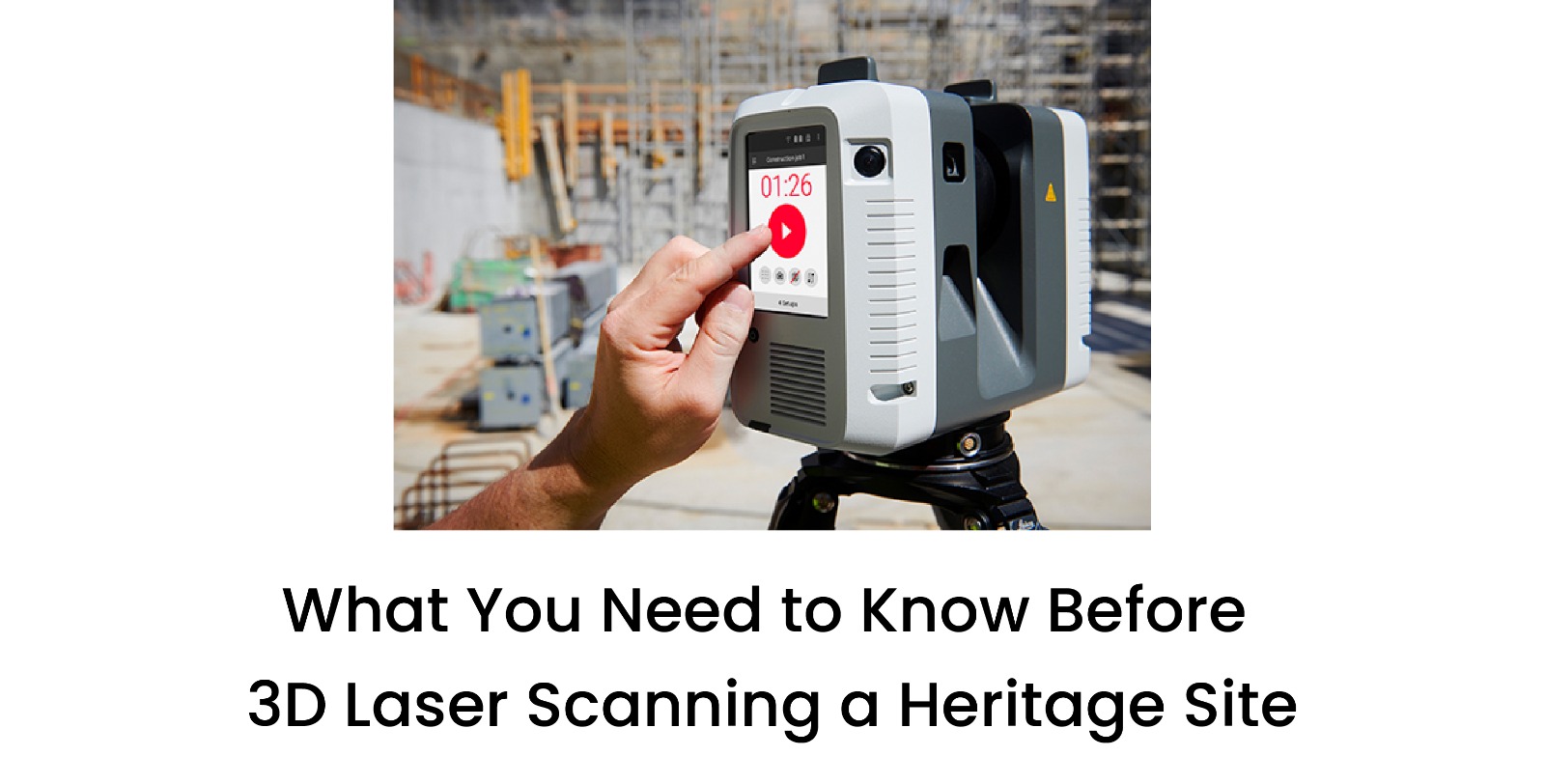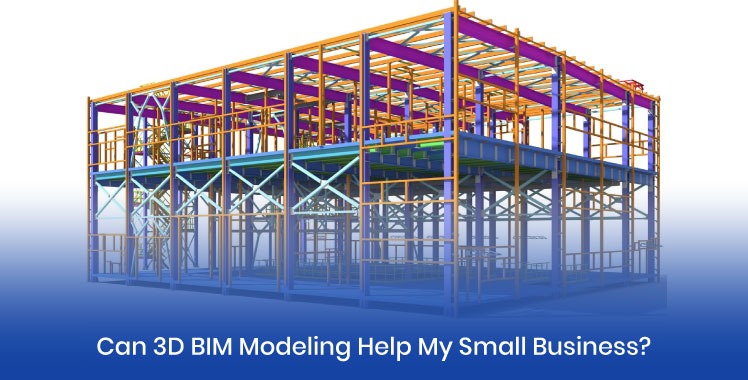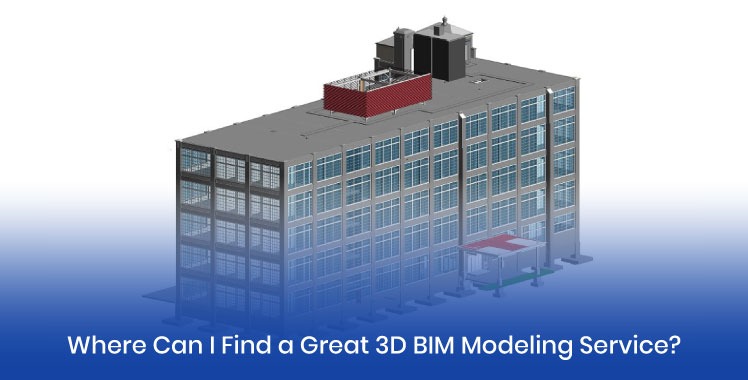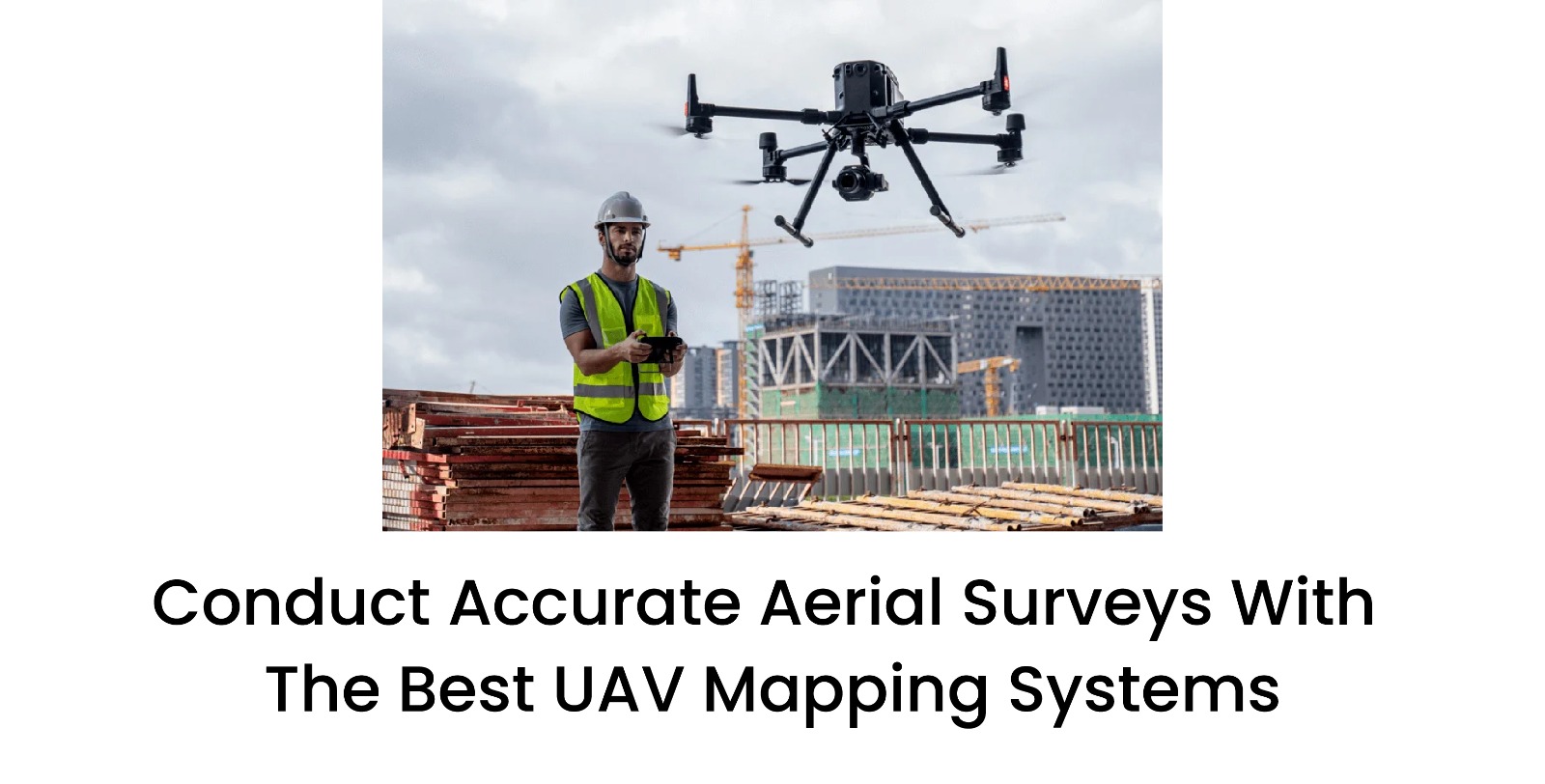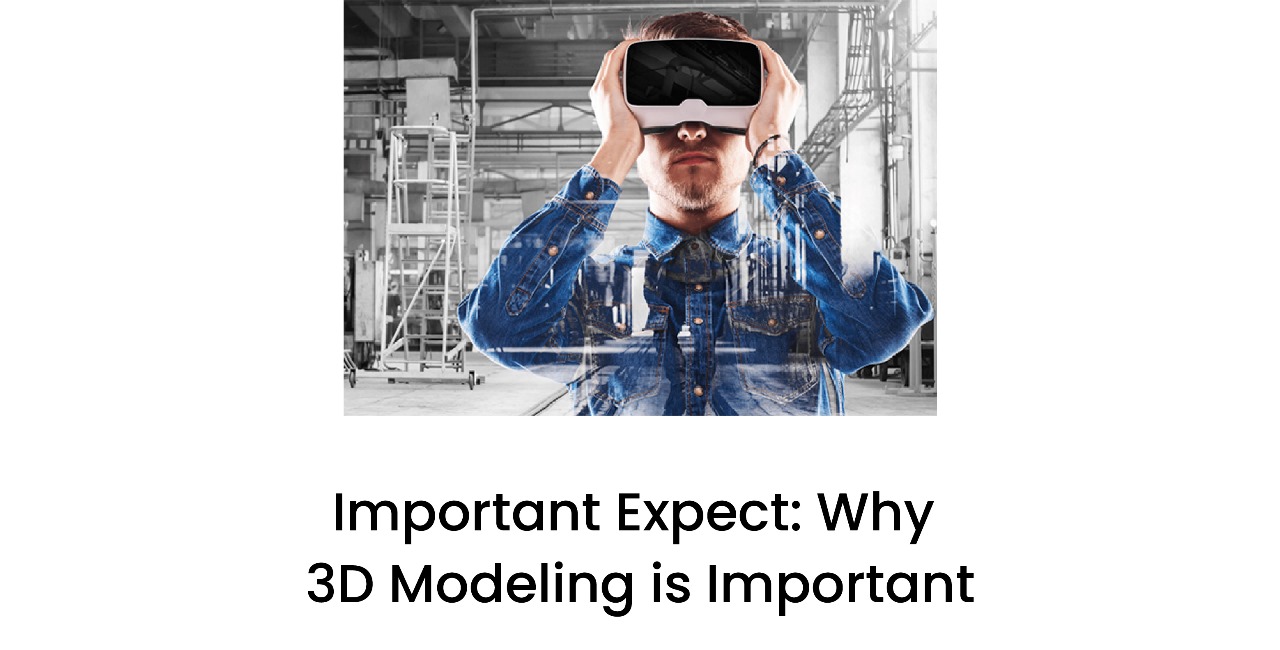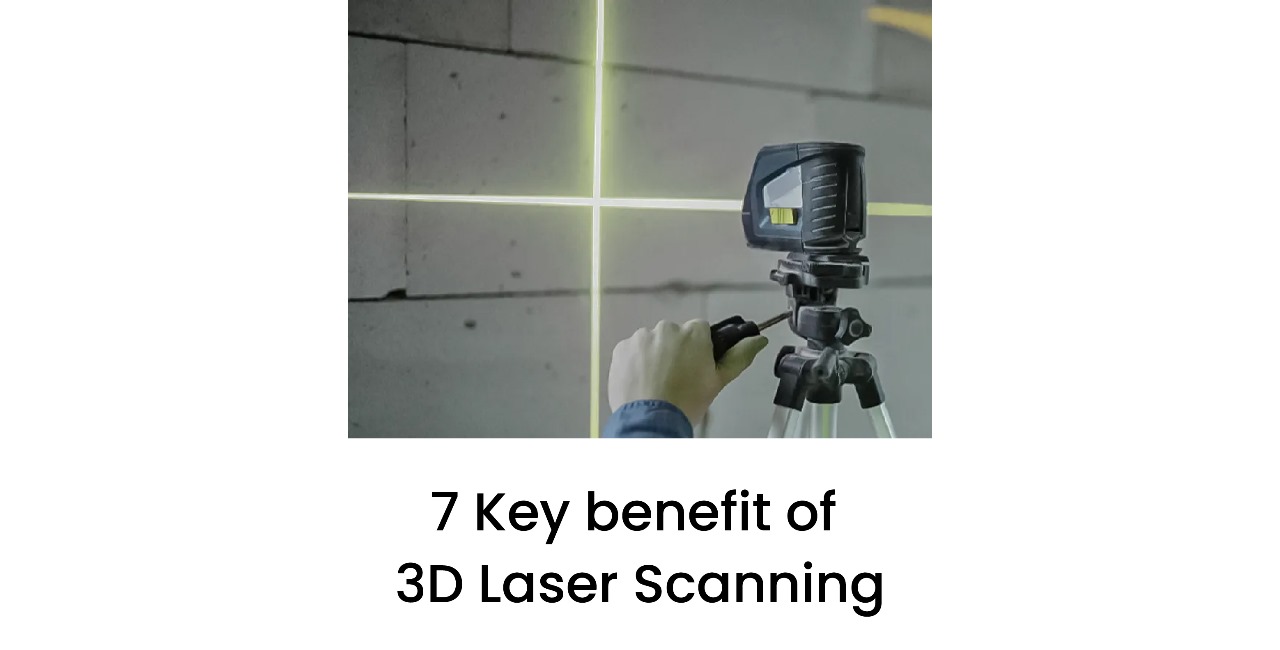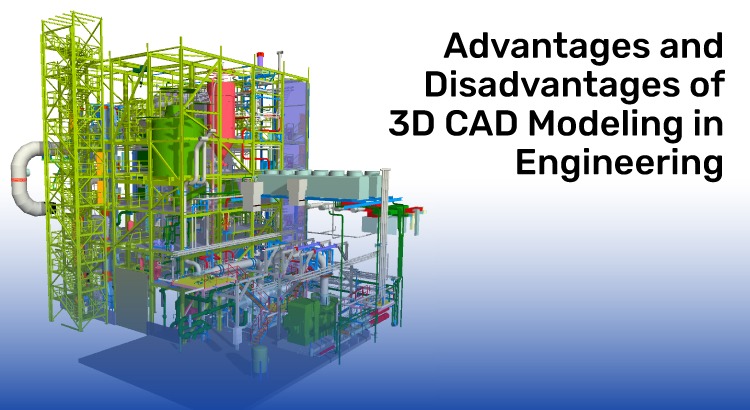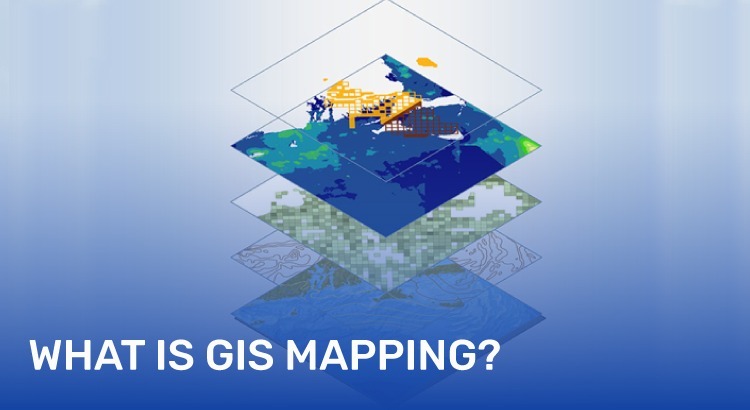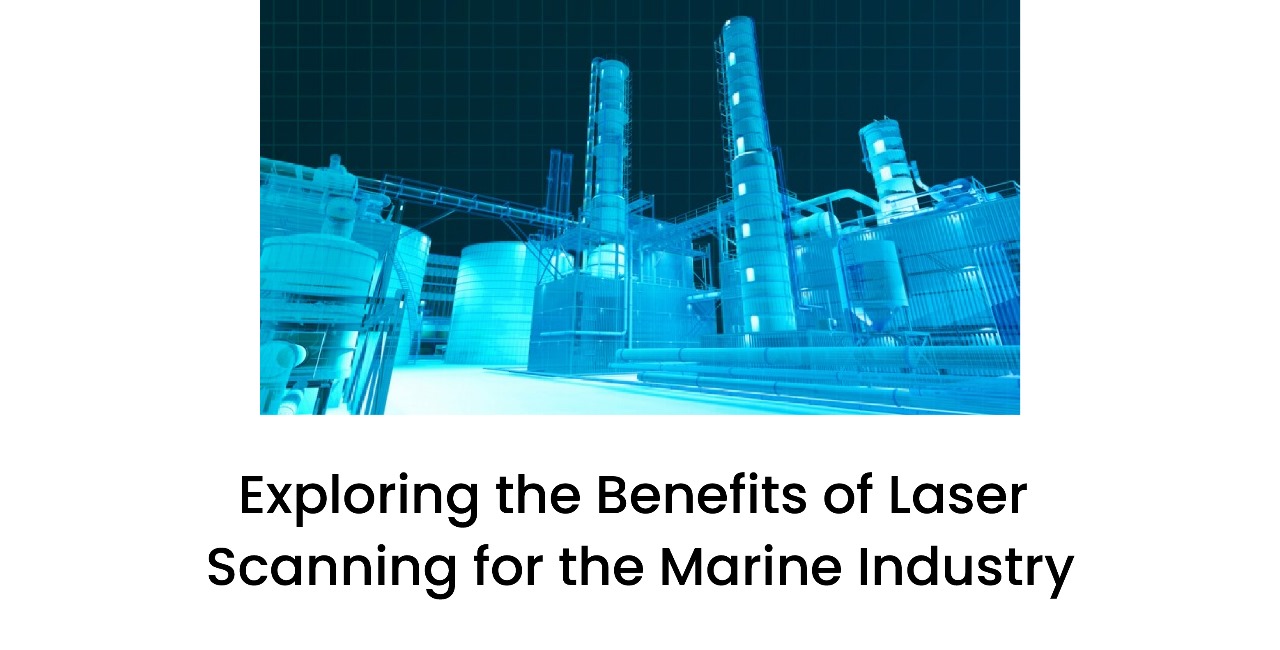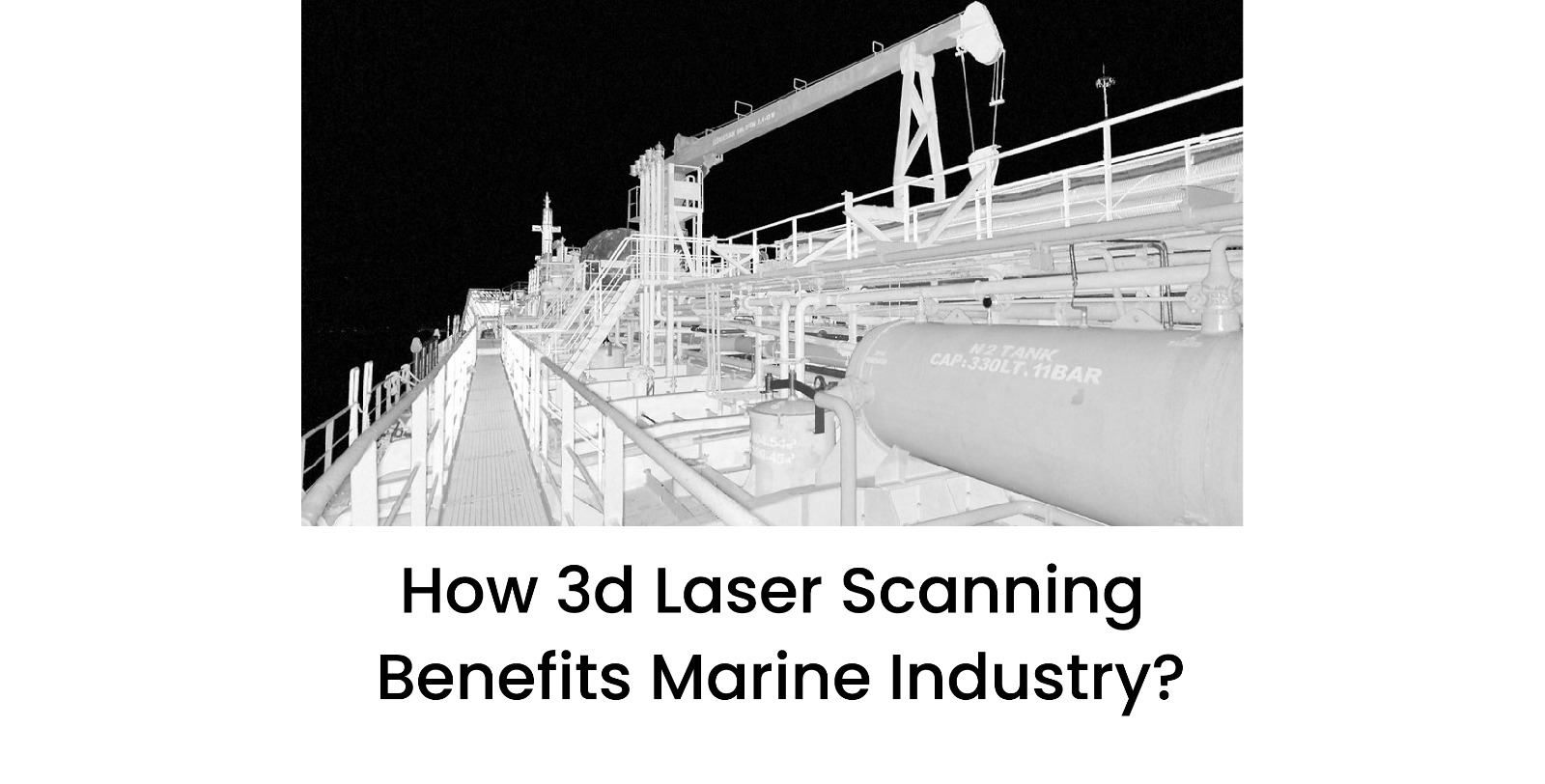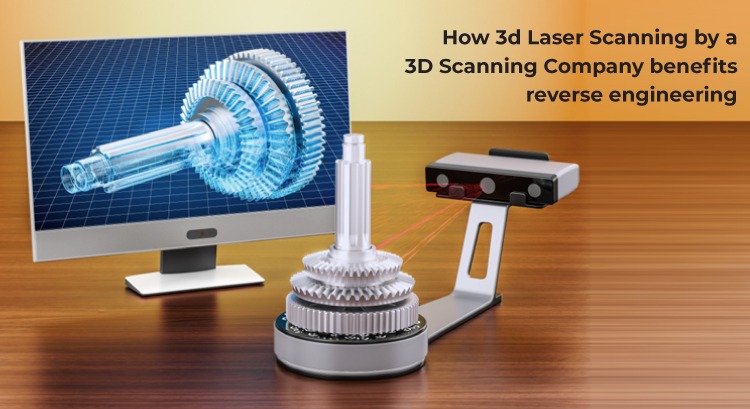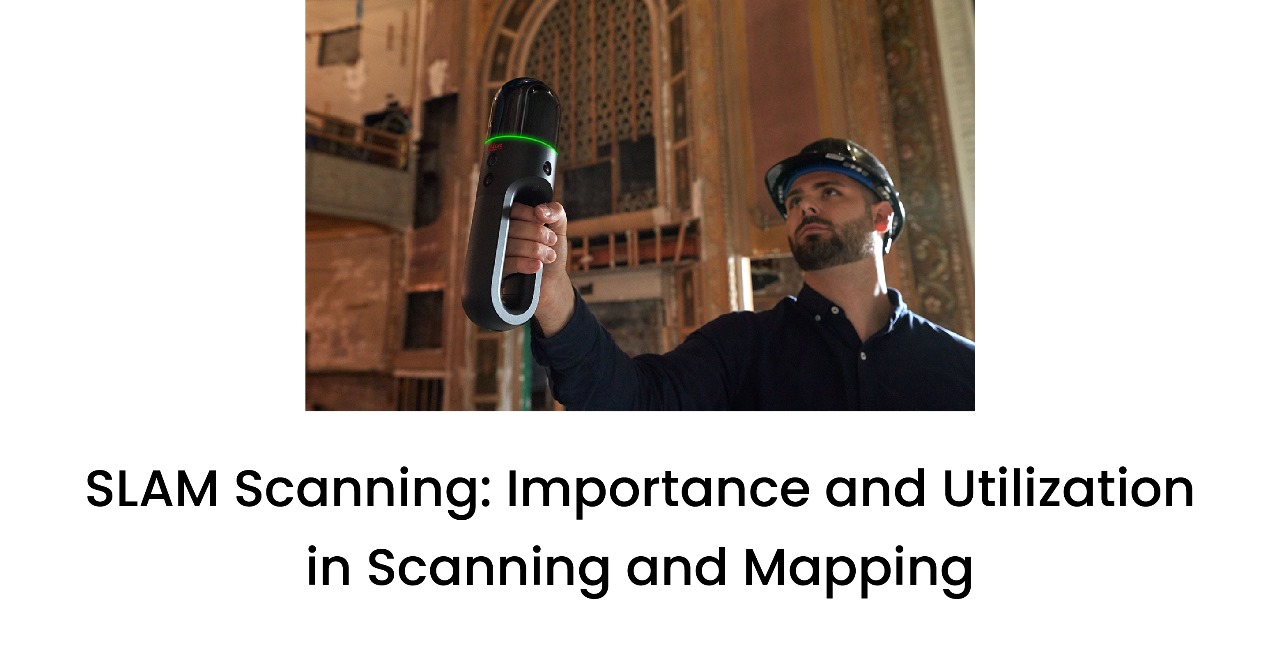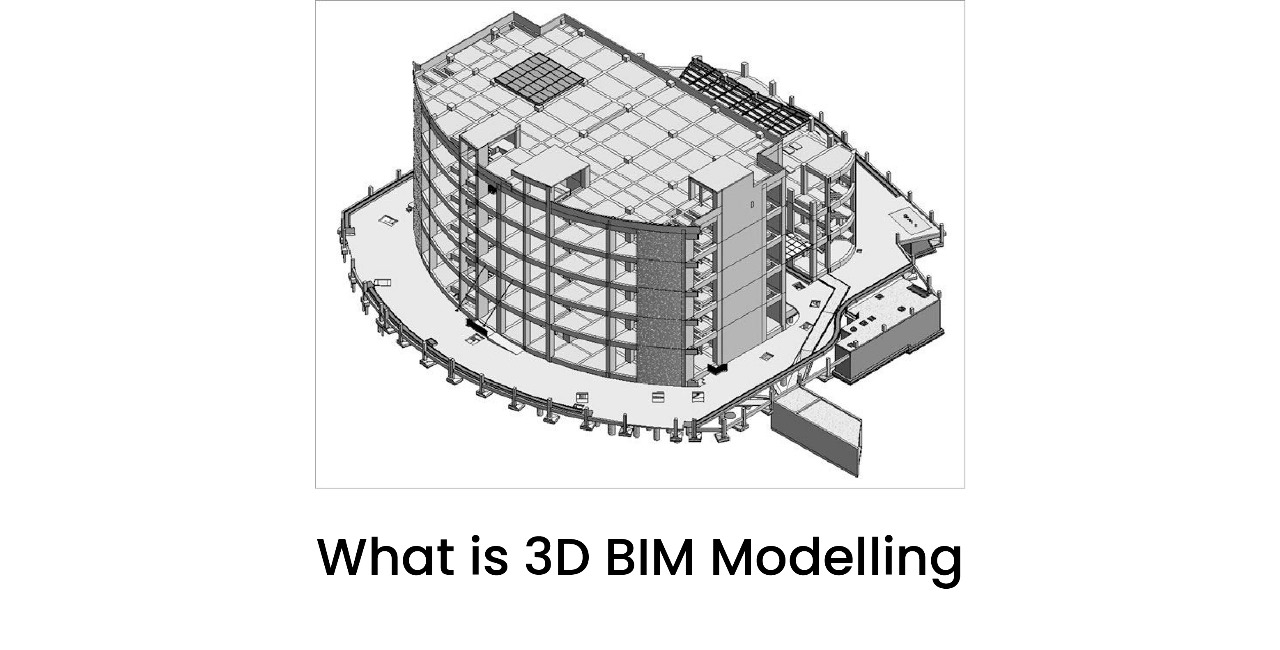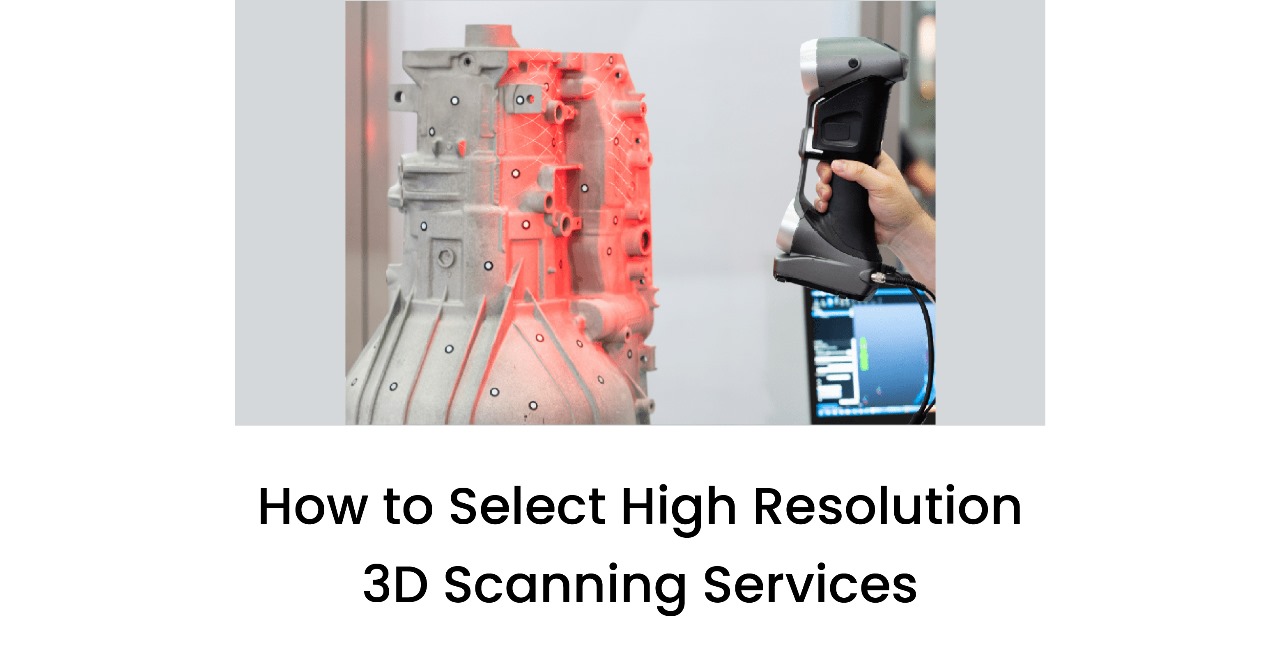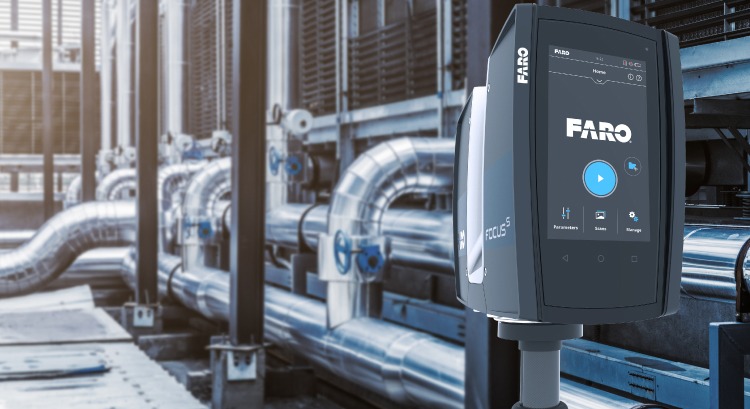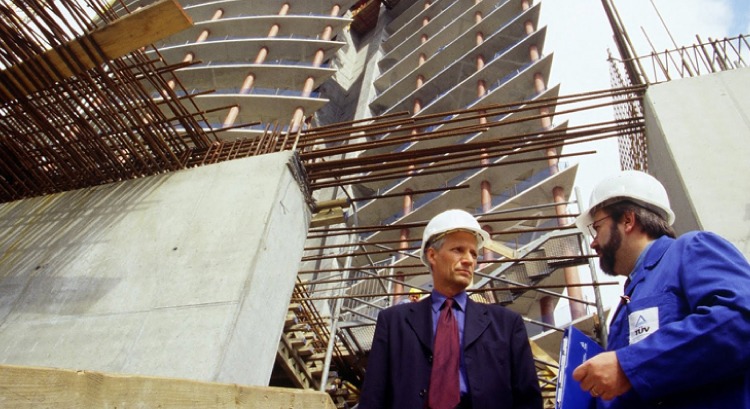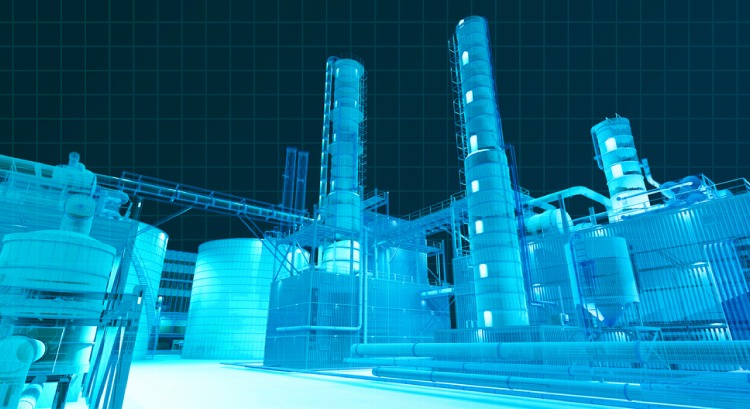9 Common Problems With 3d scanning You Need to Know
- 06 Dec 2022
There are many things that can go wrong when attempting to perform a 3D scan, from difficult terrain to equipment breakdowns. Here, we outline a number of potential problems that may arise when providing 3D scanning services. Some of these are sneaky in that it might not be immediately obvious whether or not these issues have arisen. As a provider of 3d Scanning in India and a leading 3d Scanning Company 3D Point Shot brings you 9 Common Problems With 3d scanning You Need to Know.
1. THE DOUBLE TAKE
We are referring to "doubling," which occurs when scans are not properly aligned. With 3D scanning, it is frequently necessary to scan an object twice, from different angles, or even more than once, to obtain complete coverage. In order to accomplish that, you frequently wind up with scans that must be combined after being entirely separated. You end up with a double layer that we refer to as "doubling" if for some reason the software you are using doesn't completely line the several scans together. Doubling is a warning sign that this scan is not correct. When you see it, it may be possible to correct it with better alignment, but you will then have to start over.
2. THE SPIRAL
When providing long-range 3D laser scanning servises, a tripod scanner with spiked feet and a large 3D scanning device on top of the tripod are typically used. Consider that you have the tripod set up on asphalt, which is a reliable hard surface. What possibly might fail? Asphalt can get exceedingly hot and even soft during the summer's intense heat. The spike may begin to sink during the 3D scan if the tripod is on a slope because one leg may be carrying more weight than the others. The sinking causes the scanner to gradually tilt while it is scanning because long range scans might take several minutes.
Long-range scans operate by performing a 360-degree sweep and returning to their starting point. However, a tripod that is sinking scans in a spiral rather than a circle. When you go to put the scans together in software, even a small sinkage of a quarter of an inch will result in significant issues. The "sinking" scan won't line up properly.
3. THE CRACK
Take the example of a vast parking lot that you are scanning as part of a service project. The point cloud may appear to have a crack or break in the scan, as if the earth had split open. As you move away from the scanner, the break widens and begins at the scan position. This is a blatant indication that the scanner has to be returned to the manufacturer for calibration and repair.
4. UNABLE TO STAND HEAT
Every scan would take place at 70 degrees Fahrenheit in an ideal scenario. But during the summer, we frequently find ourselves using 3D laser scanners outside in the heat. A 3D scanner overheats if the on-board fan of the scanner is unable to keep up with cooling the scanner. An air conditioner or refrigerator can quickly cool down a smoking scanner.
5. DYING BATTERY
A 3D laser scan can go wrong by a fading or dead battery. A serious scan failure may occur if you don't have extra batteries or if your charger doesn't charge quickly enough.
6. MEMORY PROBLEMS
The majority of 3D scanners today can save 3D scanning data while scanning using USB devices or SD cards. However, one must exercise caution when taking out these memory devices. The information on it can become corrupted if you take it out while the scanner is writing to it. You can truly have a poor day as a result of this and lose everything.
7. LENS HYGIENE
Mirrors and lenses that are dirty or covered in dust reduce the scan quality. Unwanted dispersion, waves, and weird effects can occur in the data as a result. When it comes to 3D scanning, cleanliness is second only to godliness.
8. FORKLIFT ATTACK
If your scanner is hidden, accidents can happen. The next thing you know, a scanner is lying on the floor. If you don't have insurance to cover you, that could end up being an extremely expensive day.
9. MISTAKEN RESOLUTION
The points in the scan will be too far apart if the resolution is too low to see the required detail. The most basic scanning errors all revolve around this one. The opposite of that is scanning at a resolution that is too high. When the resolution is far greater than what is necessary for the job, you waste time with lengthy scans and don't cover the area you could have in that time.
CONCLUSION
Don't be embarrassed to inquire about tools and procedures when you're interviewing and getting quotations from various businesses before choosing a 3D scanning company in India for 3d Scanning in India to contact 3D Pointshot. Any seasoned business will be ready to provide you with frank, professional explanations of how they prevent these scanning errors. Make sure the 3d Scanning Company you pick has the knowledge and skills necessary to complete your project accurately and competently.


